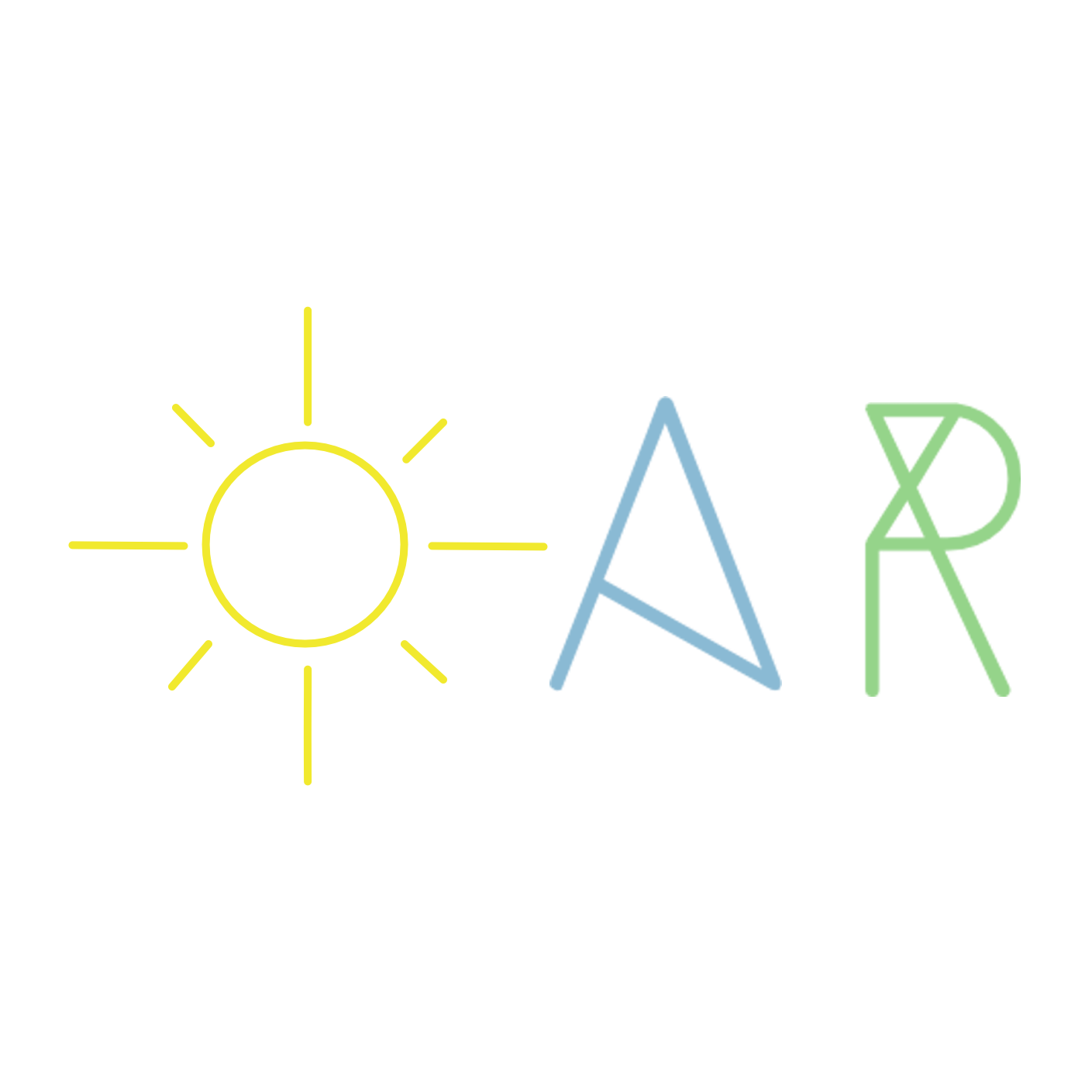Embracing the Cold and Dark - October 2020
Hi << First Name >>,
The sun is setting earlier and earlier each day and the warmth of summer is being quickly replaced with winter cold. How do you feel about the coming cold and dark?
Personally, I have been feeling pretty down for the last week or so. Normally, I am ecstatic. Autumn is my favorite! Everything feels more witchy, with scary movies every night, delicious baked treats, carving pumpkins, and Halloween. This is THE BEST time of year. These activities signal the start of the autumn and winter holidays, which are always an exciting time. But in 2020, as we rush into winter along with a pandemic, I sure don’t feel like this is the best time of year.
Earlier this month, I posted a 10 Second Question on my Instagram stating “Your Mind, Your Mindset.” So, how can you set yourself up with a mindset to make the best of these upcoming cold and dark weeks? I am going to look to Kari Leibowtiz for advice. Kari is a Ph.D. candidate at Stanford University who specializes in the psychology of a successful winter mindset. (She is also from New Jersey, but that’s just a fun aside!) In an article published on TheConversation.com, Kari discusses her research in Tromsø, Norway. This island hosts 70,000 inhabitants and sits about 200 miles north of the Arctic Circle. “Polar Night” occurs for two months at this latitude, where the sun doesn’t rise above the horizon and Tromsø is kept in near perfect darkness. Kari took this opportunity to explore how the people of Tromsø thrive during this time!
Ready for the magic secret? It’s all in your head! Kari’s research shows a preliminary correlation between mindset and the negative experiences expressed in winter. Kari’s doctoral advisor, Dr. Crum, describes mindsets as, “lenses through which information is perceived, organized and interpreted.” In other words, the same stimulus could be happening to two people but depending on their mindsets, they may interpret it differently. For example, everyone experiences stress. For some, stress is a weight that makes things more difficult. Yet we see people in business, medicine, and athletics “thrive” in stress, with more focus and determination. What defines the difference? Dr. Crum and Kari argue that it’s all mindset.
How do Norwegian’s thrive during Polar Nights? First, they embrace the idea of koselig. This roughly translates to “coziness”. This concept will vary person to person, culture to culture, so identify what gives you that warm and cozy feeling and choose to do more of that during the coming months. Kari describes koselig in Tromsø as “making the conscious effort to light candles and fires, drink warm beverages and snuggle under blankets...” What does koselig or coziness represent in your life? I’m thinking of roaring fires, hot chocolate with marshmallows, hearty soups and stews, and lots of blankets.
Norwegian’s stay active in winter. Kari explains a saying in Norway that goes, “there is no bad weather, only bad clothing.” This speaks directly to the importance of activity in a healthy life. Getting outside, especially in colder months, reminds us that the weather isn’t limiting our ability to stay active. Taking care to bundle up and wear the appropriate clothing will make you feel less confined and trapped by those chilly winter winds. Get out and enjoy the quiet cold days ahead!
What kind of mindset do you want to create? What does koselig or coziness mean to you in the coming months? What do you intend to do more consciously? As we move into the autumn and winter holidays, how are you going to extend this mindset and look at the upcoming festivities as opportunities to share your love and personal koselig with your loved ones?
As always, if you are interested in working with me, you can check out www.atlasreadings.com or email me directly at Gus@atlasreadings.com.
Be well,
Gus

